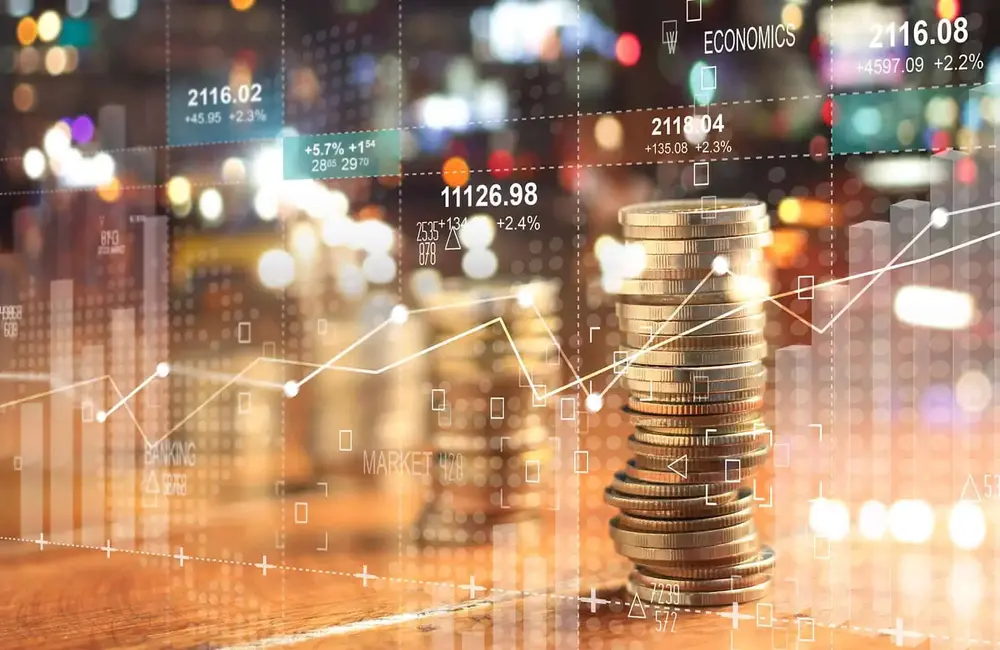Categories
Why Are Fears Of A New Financial Crisis Growing
- Opinion
- 09:00 October 17, 2022

Why Are Fears Of A New Financial Crisis Growing







At Equity Launchers, we deliver the latest finance and investment news, insightful analysis, and expert commentary to help you stay ahead in today's dynamic markets. Based in Australia, our platform covers equities, startups, commodities, and global economic trends - providing trusted, accessible information for investors, professionals, and anyone passionate about financial markets.
Unit 120/83 Cooyong Street, Reid,
Australian Capital Territory,
Australia 2612.







